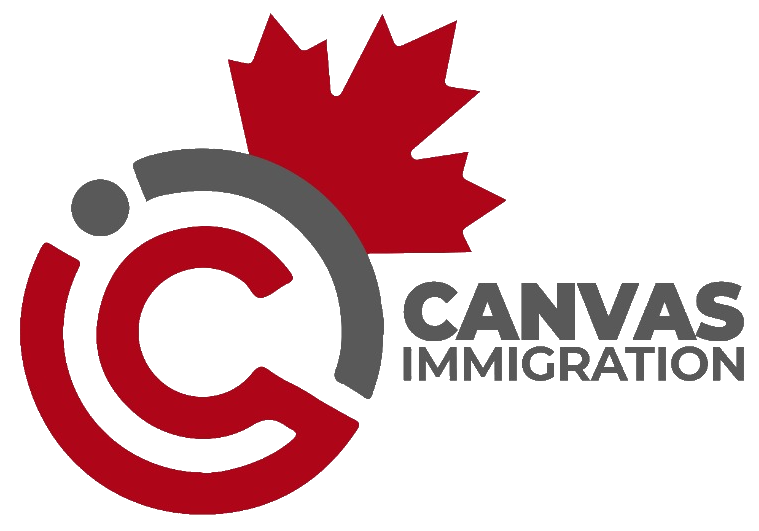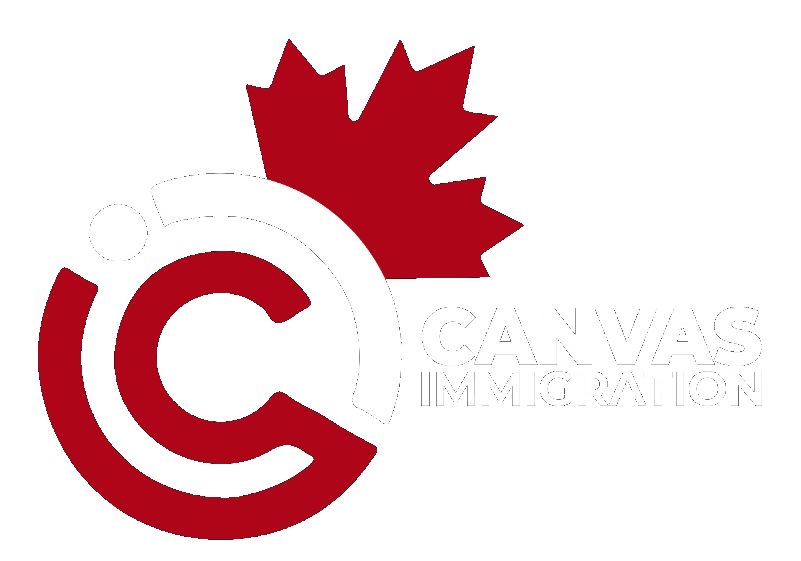As a permanent resident (PR), your PR card is the official document that confirms your status—and you’ll need it if you plan on returning to Canada by commercial transportation after traveling abroad.
If your PR card gets lost or is stolen while outside Canada, you will not be able to return unless you have a Permanent Resident Travel Document (PRTD).
Consult with an experienced immigration representative about your PR card or PRTD
This article will cover how to apply for a PRTD so you can return to Canada after having lost your PR card.
No matter where you lose your PR card—inside or outside Canada—you need to notify Immigration, Refugees and Citizenship Canada (IRCC) so they can deactivate it and prevent misuse.
To return to Canada via plane, train, bus, or boat, you are required to have a PR card or PRTD.
Because you can only apply for a new PR card if you’re physically present in Canada at the time of your application, you will have to apply for a PRTD instead.
A PRTD serves as an alternative travel document for permanent residents who do not have a valid PR card on hand but still require entry into Canada via commercial transportation.
It is not a replacement for your PR card and is typically only valid for a single entry into Canada.
If you want a multiple-entry PRTD (the validity of which is limited by your passport’s expiration date), IRCC suggests attaching a cover letter explaining your circumstances when submitting your application. There is, however, no guarantee this request will be granted.
If you do enter Canada on a PRTD, you should apply for a new PR card immediately after returning to Canada.
How to apply for a PRTD
Here’s how to apply for a PRTD:
- Prepare all the documents outlined in the document checklist (IMM 5644);
- Obtain the application package, which consists of the instruction guide (IMM 5529) and various forms you must fill out;
- Fill out the forms either online (through the Permanent Residence Portal) or on paper if you require accommodations;
- Pay the $50 application fee; and
- Submit your application and all supporting documents.
You must include the document checklist in your application. The form for a PRTD application is IMM 5444.
If you apply on paper, make sure to click the “Validate” button near the top of the form prior to printing and signing it.
If your request is urgent, select “Yes, my request is urgent” in the Portal, or write “Urgent” on the envelope for paper applications.
You must keep your receipt of payment, and include the receipt for payment in your application.
If you apply online, you’ll submit the application electronically through the Portal.
If you apply on paper, you must submit the application at a Visa Application Centre.
IRCC notes that all PRTD applications are processed on a priority basis; they do not currently provide processing times as these vary by country and application complexity. Typically, however, non-urgent processing times range from approximately two to eight weeks.
In the case of technical difficulties when using the Portal, contact IRCC using their web form.
Urgent processing
Only permanent residents who are traveling back to Canada within the next five days are eligible for urgent processing of their PRTD.
IRCC lists several examples of situations that qualify you for urgent processing, including
- Having a job opportunity, or work pertaining to your current job;
- You or your family member experiencing serious illness or a family member’s death;
- Your PR card being lost or stolen while you were temporarily out of the country; and
- Being in a crisis, emergency, or vulnerable situation.
If you’re in a situation other than those described above that you think may warrant urgent processing, include those details in your application. Your application must satisfy the immigration officer that you’re in need of urgent processing.
All the documents listed below must be included in your application in order for you to be eligible for urgent processing:
- Proof of your travel (showing your destination and travel dates).
- Your itinerary and a copy of your ticket qualify.
- A copy of the receipt for your trip.
- It must include the date, amount that was paid, and the payment method.
- A letter explaining the reason you require urgent processing.
- Proof to support the need for urgent processing.
- This can include documents such as a doctor’s note, a death certificate, and a letter from your employer.
Even if you select urgent processing, you are not guaranteed to have your application processed expeditiously.
What to expect after you’ve submitted your PRTD application
Once IRCC receives your application, they will then check to ensure it is complete and assess it to ensure
- You’ve met your residency obligations; and
- You’re still a permanent resident of Canada at the time of your application.
At this point in the process, IRCC may reach out and ask you for additional documentation. If this occurs, you should provide these via their web form by clicking the “Update or ask about your application” button and following the instructions.
Before a decision is made on your PRTD, you may be required to attend an interview if IRCC requires more information from you—though decisions are typically made without one.
If your application has been approved, you will be expected to submit your passport or travel document. IRCC will email you with instructions detailing how and where you can do so.
Once final processing has been completed, your passport will be returned to you along with the PRTD granted to you.
In the event of your PRTD application being refused, you will be provided with a refusal letter with further instructions, which also explains your appeal rights.
Entering Canada through a land border
If you’re returning to Canada via a private vehicle—one you owned, borrowed, or rented—you are not required to show the Canada Border Services Agency (CBSA) a PR card or PRTD to enter the country.
You will, however, be required to show other forms of identification to satisfy CBSA officers of your status in Canada.
The pieces of identification listed below may suffice, ideally with a combination readily available on your person.
- Confirmation of Permanent Residence (COPR);
- Provincial driving license;
- Health card;
- Social Insurance Number (SIN);
- Vehicle registration (if you are crossing with your own vehicle); and/or
- Employment letters.
Prepare to answer some additional questions from officers about your travels; be honest, transparent, and explain your situation in detail when answering any inquiries.
What if your PR card is lost or stolen while you’re in Canada?
If you’re in Canada, you can simply apply for a new PR card.
You can apply by submitting a complete application through the Permanent Residence Portal, or by submitting a paper application if you’re in need of accommodations.
Simply fill out the application for a new permanent resident card (IMM 5444), complete and include all applicable forms and documents in the document checklist (IMM 5644), and pay the $50 fee online with IRCC—making sure to upload the receipt to the Portal.
If you have a police report or incident number associated with the loss of your PR card, IRCC recommends including a copy in your application.
Note: You may qualify for urgent processing in the same circumstances mentioned above for PRTDs, but the minimum processing time as of the time of writing is three weeks.
If your application is approved, IRCC will send you your new PR card through the mail.
Some important points pertaining to PR card delivery:
- PR cards can only be sent to Canadian addresses.
- If you live in a rural area without direct mail-to-house service, you can have your card sent to a PO box.
- IRCC will not mail your PR card to a third party.
- In the case that IRCC requests that you instead pick up your card at one of their offices, you must bring the following things:
- Your passport or qualifying travel document; and
- The original versions of any documents you previously submitted as photocopies.
Consult with an experienced immigration representative about your PR card or PRTD

